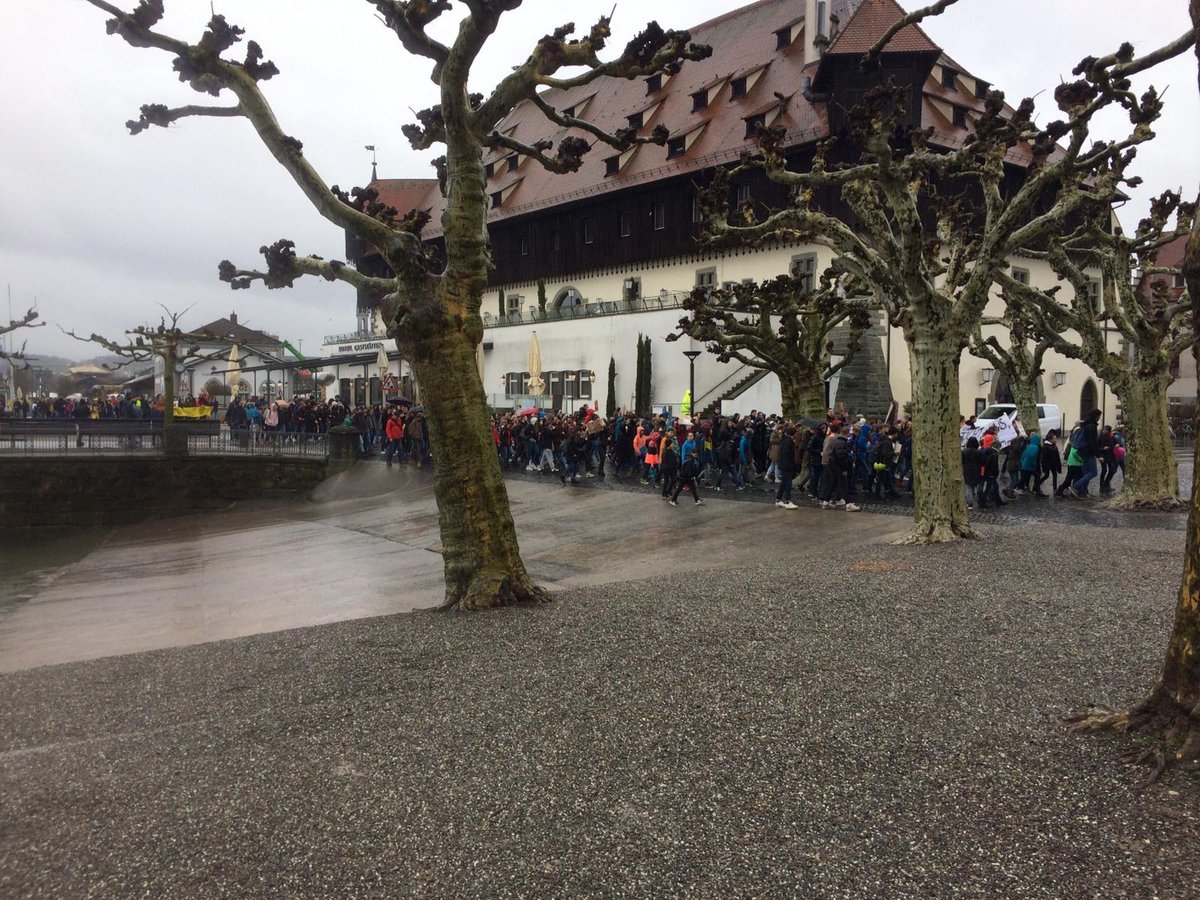Researchers from the University of Konstanz, Bielefeld University and ETH Zurich demonstrate for the first time that the pulsed EPR technique RIDME (relaxation-induced dipolar modulation enhancement) can be used for in-cell distance determination in biomacromolecules. Applied within the cell, RIDME improves significantly on conventional double electron–electron resonance (DEER) measurements.
Read more
